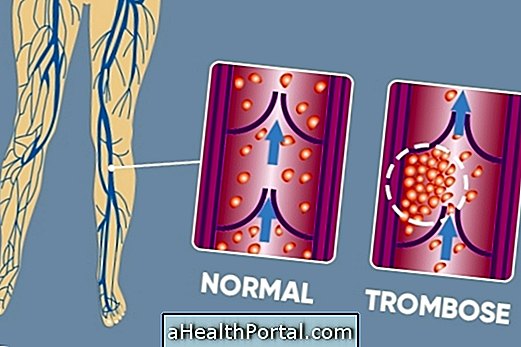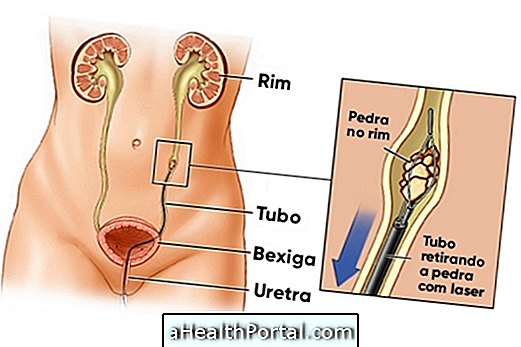The main form of transmission of syphilis is through unprotected intimate contact with an infected person, but can also occur through contact with blood or mucosa of people infected with the bacterium Treponema pallidum, which is responsible for the disease.
It is important that syphilis be identified and treated quickly, otherwise it may compromise the eyes, bones, heart and even the central nervous system.
How Transmission Happens
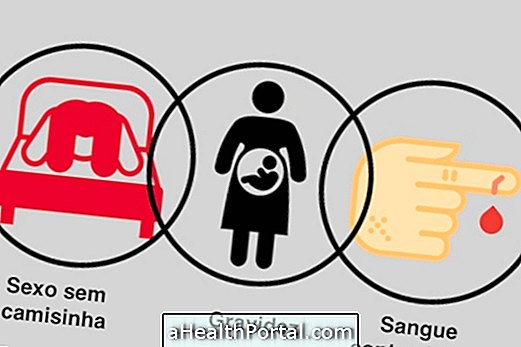
Thus, syphilis can be transmitted through:
- From intimate contact with the individual who has a skin wound caused by the bacteria responsible for syphilis. Direct contact with the wound is responsible for about 95% of cases of syphilis;
- Direct contact with blood contaminated with the bacteria;
- Needle sharing in the case of injecting drug use, for example, where bacteria in one person's blood can pass to another through the reuse of needles and syringes;
- From mother to child through the placenta at any stage of pregnancy or stage of maternal illness and also through normal delivery if the baby comes in contact with the syphilis wound.
Primary syphilis is characterized by a single, hard, painless skin wound that, if not readily discovered and treated, may disappear spontaneously without leaving any scar on the site. In men, the most affected site is the foreskin of the foreskin and around the urethra, and in women, the most affected sites are the small lips, walls of the vagina and cervix.
The syphilis wound can be very small, measuring less than 1 cm and often the person does not even know it has it and so it is important to go to the gynecologist or urologist at least once a year to check for changes or not and to perform tests identify possible diseases. Here's how to identify the early symptoms of syphilis.
How to protect yourself from syphilis
The best way to prevent syphilis is through the use of condoms in all intimate contact, as the condom forms a barrier that prevents skin-to-skin contact and prevents transmission not only of bacteria but also of fungi and viruses, preventing other sexually transmitted diseases. Learn how to put the male condom properly.
Also, avoid direct contact with anyone's blood and do not put on piercing or get a tattoo in a place that does not have the necessary hygiene conditions, and it is not recommended to reuse disposable materials such as needles, for example, because it may favor not only the transmission of syphilis but also other diseases.
How is the treatment done?
Treatment for syphilis should be instituted as soon as possible to avoid aggravation of the disease and its consequences. Treatment should be done according to the doctor's advice, and it is usually recommended to use Penicillin Benzathine, which is capable of eliminating the bacteria.
It is important that the treatment is done according to the doctor's advice, because when the treatment is done correctly and even when there are no symptoms, the chances of cure are very high. Learn how to cure syphilis.
If the disease is not treated immediately, there may be a complication, characterizing secondary syphilis, which occurs when the causative agent has already penetrated the internal organs. This leads to the presence of wounds on the palms and sores on the face, similar to acne, and there is also peeling of the skin.
In tertiary syphilis other organs are affected, in addition to skin lesions spread over large areas. The organs most easily affected are the bones, heart, central nervous system and peripheral.









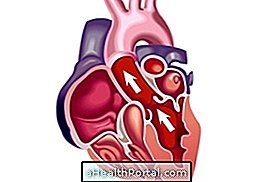




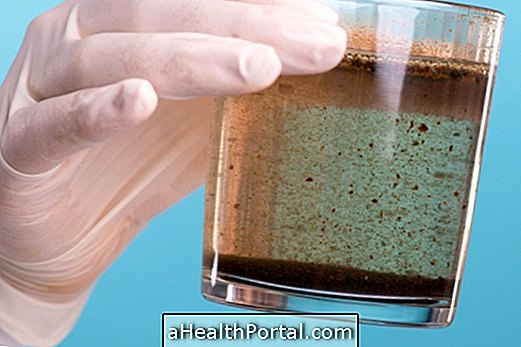

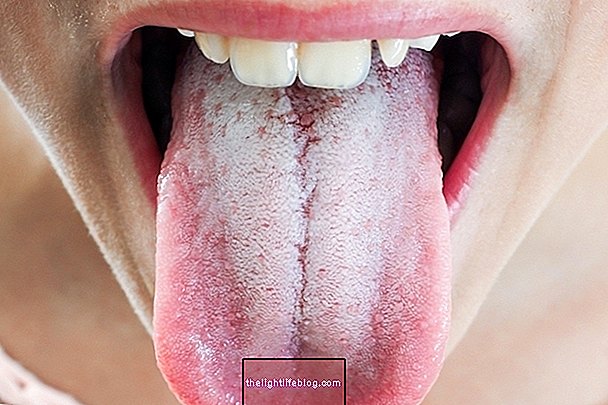

-o-que--quando-fazer-e-como-funciona.jpg)

